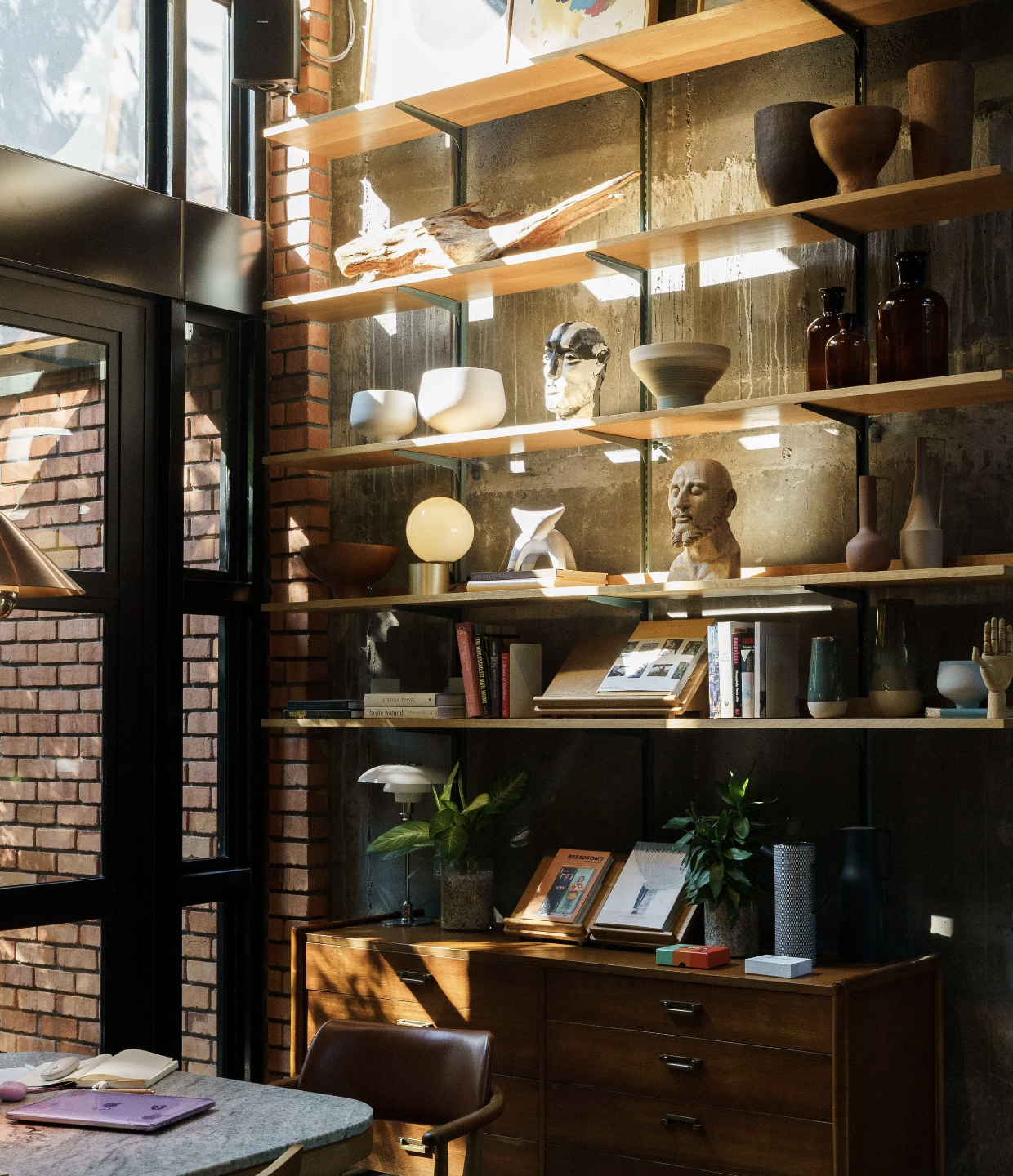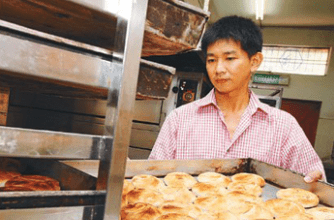Cheong Fatt Tze

Rockefeller of the East, J.P. Morgan of China and the Last Mandarin & First Capitalist of China – these names and salutations bear only a fragment of Cheong Fatt Tze’s well-rounded stature and personality. In his day, he was a man who wore many important hats, juggling elegantly the roles and responsibilities of a financier, tycoon, diplomat, politician, philanthropist and minister.
No sweet success comes without a compelling rags-to-riches story, and Cheong Fatt Tze was certainly a man that created a legend for himself.
As a precocious 16 year-old Hakka boy in 1856, Cheong followed the footsteps of many Chinese fortune seekers and headed to the Southeast Asian region known as Nanyang, the ‘Land of Opportunity’. Armed with the courage and determination to prove himself, he rose from being a mere ‘bearer of river water’ in his early years to a ‘one-man multinational conglomerate’. Cheong’s triumphant ascent was aided by his merchant father-in-law who believed in his potential and talent.
Through experience and zeal, Cheong developed an eye and affinity towards business and finance. He invested in banks, glassworks, cattle and textile, proving to many his gift in foreseeing and procuring lucrative ventures. As his empire grew, Cheong began operating steamships, eventually inaugurating a trans-Pacific shipping line between China and the United States.

Apart from being an illustrious businessman, Cheong was also an ardent traveller and often enjoyed picking up new experiences and skills. Having a newfound taste for Western wine, he transformed his interest into the established Chang Yu winery in 1892. Founded in Yantai in China’s Shantung province, the winery specialized in producing the finest wines that first captivated Cheong. Currently owned by the Government and touted as among the largest wineries in the world, the company now supplies up to 25% of all Western wines in China, making it the country’s most successful Western wine producer.
Cheong had other passions apart from business. He was a nationalist and displayed his loyal contribution to the country by chairing the Nanyang movement to China, which helped in the establishment of modern banks and capital for funding railroads and technical institutions in his motherland. His efforts were recognized by the Manchu Empress Dowager, who promoted him to Mandarin of the Highest Order and Special Trade Commissioner for Southeast Asia.

Before returning to China in 1986 to head the ministry of Commerce and railway services in the country, Cheong established several Chinese banks in Penang. In 1901, he was rightly promoted to Deputy Minister and later became a senator in parliament in 1911 with the role of advising the Chinese government on administrative and trade matters.
Having displayed an inspiring mastery and flair in both Asian and Western traditions, Cheong was revered by the people of his time. His stature and prosperity were evidently demonstrated by the many majestic mansions that were dotted around Asia, along with 8 officially known wives, concubines and handmaidens. Though the number of children he fathered remains unclear, he has officially acknowledged 8 sons and 6 daughters.
On 11th September 1916, Cheong Fatt Tze met his demise in Jakarta as a result of pneumonia. His life however, was celebrated by many nations and authorities. On the day of his death, utmost respect was paid when the British and Dutch authorities summoned for flags to be lowered to half-mast, a deeply symbolic and ceremonious act to reify the life of a prominent and legendary man.
Today, Cheong Fatt Tze’s magnificence and brilliance lives on in the history and culture of Penang through the grandeur of The Blue Mansion.
About Architect Laurence Loh

Laurence Loh, an alumnus of the Architectural Association School of Architecture in London, established his firm, Arkitek LLA Sdn Bhd, in Penang. Having studied near the mansion during his time at St Xavier's Institution, Loh had a personal connection to the building. Driven by his passion for heritage design and a deep commitment to preservation, Loh, along with like-minded individuals, decided to rescue the mansion from its uncertain fate. Despite having limited knowledge of conservation at the time, Loh courageously embarked on the adventure of a lifetime—to restore the Blue Mansion to its former grandeur.
Without prior training, Laurence learnt on the job, so to speak. Most importantly, he had a very clear vision of how he wanted it to be – a place that one wants to return to again and again.
Through Loh's unwavering dedication and meticulous efforts, the restoration project proved to be a resounding success. The Blue Mansion was eventually recognized as the Most Excellent Project in UNESCO's Asia-Pacific Heritage Awards in 2000, solidifying Loh's achievement and the mansion's significance as a cultural gem. This remarkable accomplishment stands as a testament to Loh's visionary spirit, as he transformed the mansion into a symbol of architectural excellence and a triumph of preservation.
Leading the restoration team, architect Laurence Loh sought to tread lightly and touch softly, spending six years in a detailed process to preserve as much as possible of the original structure. What needed restoration or replacement was done with the view to retain traditional methods, such as the Chien Nien cut and paste artworks decorating the gables.

Primarily using Penang artisans and local materials, the principle approach was to retain with the application of traditional methods, with minimal modern interventions in line with the restorative philosophy of ‘treading lightly and touching softly’
Laurence is captivated by conservation on multiple levels. The essence of conservation, encompassed in a single word, holds immense power to tell countless tales and evoke a wide array of connotations. It acts as a portal, leading us through myriad doorways to the past where myths and memories hold sway. Engaging in the act of conserving the past requires a deep understanding of cultural values, design, materials, and the craftsmanship of bygone eras.
For Laurence, conservation demands a high level of competence and knowledge encompassing principles, charters, and various approaches that guide the preservation process. It requires a willingness to immerse oneself fully, getting hands dirty and actively participating in the work at hand. In the realm of conservation, one must also be a leader, inspiring others and paving the way for meaningful preservation efforts.
The allure of conservation lies in its ability to unlock the stories and traditions embedded within our cultural heritage. Laurence recognizes the importance of cherishing and safeguarding these legacies for future generations. Conservation becomes a profound bridge connecting us to our roots, reminding us of the value and significance of our shared history.

The Mansion embodies a confluence of Hakka and Teochew styles along with intrinsic Southern Chinese typologies and materials and seeks to maintain its status not just as the city’s premier attraction and hotel, but also as a world-renowned architectural wonder, sharing the beauty and energy of the mansion through not just its tours, accommodations and restaurants but also through its unique offerings at the gift shop, and a curated calendar of exciting arts and culture events such as musical performances, plays and exhibitions , so as to continue to inspire as many as possible.

Photo by Mohd Izwan Mohd Nazam/The Edge
Quoting from an interview, Launrence shared, "We advocate placing heritage at the core of sustainable development and strive to align our work and buildings with the Sustainable Development Goals (SDGs), particularly Goal 11. Our aim is to create cities and human settlements that are inclusive, safe, resilient, and sustainable."

























